Indonesia’s economy 2024
Feb 28, 2025
Resilient growth amid challenges Indonesia’s economy continued to expand in 2024 despite global
Marketing planning for the big bounce back
Start marketing planning now to stay ahead of the big bounce back. The pandemic has forced changes in consumer behaviour. Life will not return to normal, a new normal will evolve with new habits and rituals. Consumer mindsets and behaviours have changed, some will be temporary but others will become permanent. These changes will need to be rapidly understood and your product, price, positioning and channel will need to be adjusted. Contact us at ask@cimigo.com if you need help.
22 minute read
Richard is the Managing Director of Cimigo, an independent Asian market research and consulting firm. He has a 25-year career researching, teaching and testing consumer behaviour in Asia. He has counselled clients on consumer behaviour, response and the bounce back through significant shocks in Asia; the Asian Financial crisis, SARs, the global financial crisis and the Swine flu. Richard and the Cimigo team are well-positioned to help guide you through these turbulent times.
Now is the time to begin planning for the bounce back after this pandemic. A pandemic which is happening at a far greater global scale and economic impact than any recent crisis; the Asian Financial crisis, SARs, the global financial crisis and the Swine flu.
To help you to stay ahead of the bounce back please watch our free Big Bounce Back Webinar which was held on Wednesday 29th April. You can also download the webinar presentation here.

Life will not return to normal, a new normal will evolve with new habits and rituals whilst the collective memory of lockdown, anxiety for loved ones and financial insecurity abounds. There will be constant reminders in the new restraints impacting our lives.
Social norms will change in who, when and how we greet, bars and restaurants will have restrictions on customers (far fewer than available seats), gyms customers will be allocated shifts to maintain social distance and schools with have new restrictions on class sizes, sports days and many smaller assemblies.
Public environments will see their footfall return very slowly and gradually. The idea that because we have all been cooped up and will dash out and start a revenge spending spree is a fantasy.
Consumer mindsets and behaviours have changed, some will be temporary but others will become permanent. These changes will need to be rapidly understood and your product, price, positioning and channel will need to be adjusted. Get in touch to discuss how to get your commercial plans prepared so that you are ready for the bounce back.
 A very thrifty consumer
A very thrifty consumerConsumer confidence will have hit new lows, businesses will have faltered, jobs lost and incomes reduce. Many sectors will remain distressed, especially tourism, the airline and the leisure industry. Disposable incomes will have been severely impacted and uncertainly will reign at the forefront of consumer minds. Spending beyond necessities will remain suspended. Greater value will be sought across household expenditure;
Some of the temporary behaviour changes forced upon us by the pandemic will be permanently game-changing. We will all have found new ways of working, socialising, entertaining, shopping, minimising travel costs, being thrifty, staying fit and eating well.
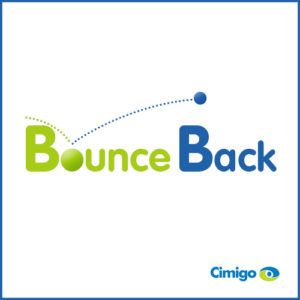 Consumer spend will bounce back
Consumer spend will bounce backConsumer spending will bounce back in time. South-East Asia has a great opportunistic and entrepreneurial spirit that will never be tamed. Momentum will need to build over time. The bounce back will be a marathon, not a sprint.
Consumer spending will return to pre-pandemic levels after 18 months. Post SARS and Swine flu consumers memories quickly faded as the world returned to normal. There was no new normal, behaviours did not significantly change. The global scale, the containment measures, the closing of borders, quarantines, social distancing and economic impact for this pandemic are unprecedented.
Relapses may well happen with new public health scares, pushing the true bounce back by yet more months. Eventually, a vaccine will alleviate fears of a repeat in the near future, but caution will prevail, for many consumers and authorities alike. The level of consumer caution will correlate with age, taking a significant step up at 60 and increasing exponentially thereafter.
Consumer behaviour will change and we believe in hindsight will demonstrate the pandemic sparked many new habits, rituals, social norms and trends. Change will be most pronounced amongst those consumers embarking on new life stages where their lives pivot in a new direction and temporary behaviours can be readily moulded into a new normal;
The chart below shows a forecast for the proportion of the population, spending at pre-pandemic levels, including essentials and discretionary spending. The forecast accounts for adjustments in both essential and discretionary expenditure. In 2019, pre-pandemic, 33% of expenditure was on discretionary items. The crisis will also force a sharp drop in essential expenditure initially, out of necessity, before recovering gradually over the following 18 months.
Household spending will resume gradually over 18 months for most consumer categories. Some expenditure categories will be restrained a further one to three months as a result of continued social distancing measures such as on-premise hospitality, gyms, cinemas, health and beauty services, live audience sports and entertainment events. Other expenditure categories will take an additional four to six months to return to pre-pandemic levels, for example; domestic travel, high-value electronics, automotive and property.
 Budget and media mix for the big bounce back
Budget and media mix for the big bounce backThe ideal communications budget mix is; brand building 60% | sales activation is 40%. Sales activation includes shopper marketing, promotions, trial generation and visibility on page, app, shelf or menu. This varies by slightly by category, but largely holds true across categories, markets, business to consumer and business to business marketing communications.
This ratio needs to be recalibrated and budgets need to be redistributed, in order to get the jump on competitors and stay ahead of the bounce.
If public mobility is restrained between 2 and 4 weeks during the pandemic, we estimate that accounting for pre and post mobility restraints, that the average business will have lost 24% and 36% of their annual revenue in 2020.
During a period very limited public mobility and brand accessibility (available and affordable); communications for those brands (products and services) available online for delivery, downloading or streaming should be increased. The ratio between brand building (and at times merely brand maintenance) and sales activation communications should tilt heavily toward sales activation.
 Advertising and promotion (A&P) budget multiply by 1.8
Advertising and promotion (A&P) budget multiply by 1.8
A&P budget mix: brand building 10% | sales activation 90%
For those brands not readily accessible, consumers attention is diverted by the pandemic and budgets should be temporarily curtailed.
 Advertising and promotion (A&P) budget multiply by 0.1
Advertising and promotion (A&P) budget multiply by 0.1
A&P budget mix: brand building 100% | sales activation 0%
As outlets begin to re-open and public mobility enable people to return to work you must adjust plans. Cautious and thrifty will be the norm for consumers for at least three months, barring a relapse on containment and a return to lockdowns. The most adventurous and assertive consumer segments will begin to return to pre-pandemic expenditures.
All brands:
 Advertising and promotion (A&P) budget multiply by 1.8
Advertising and promotion (A&P) budget multiply by 1.8
A&P budget mix: brand building 20% | sales activating 80%
Once public mobility has seen people to return to work without further scares or relapses, a confident majority will bring the momentum to bring home the bounce. The bounce will vary by industry, category, product and service. However a confident majority will require between three and six months to bring about a tipping point, where more return to pre-pandemic expenditures than those who remain thrifty.
All brands:
 Advertising and promotion (A&P) budget total multiply by 1.6
Advertising and promotion (A&P) budget total multiply by 1.6
A&P budget mix: brand building 40% | sales activating 60%
By this point in time, the critical mass within adventurous, assertive and confident majority will be back and spending. The more conservative consumer segment will see this around them and begin to believe things are returning to new normal and begin to emulate their pre-pandemic spending.
 Advertising and promotion (A&P) budget total multiply by 1.3
Advertising and promotion (A&P) budget total multiply by 1.3
A&P budget mix: brand building 50% | sales activating 50%
At this point in time, marketing plans and budget allocations can revert to pre-pandemic plans. A new normal will have already evolved with new habits and rituals in everyday life and no doubt for your brand and category. This new normal needs to be understood, your commercial plans (brand, innovation, marketing, channel and sales) will need to evolve, opportunities leveraged and risks reduced.
 Advertising and promotion (A&P) budget total multiply by 1.0
Advertising and promotion (A&P) budget total multiply by 1.0
A&P budget mix: brand building 60% | sales activating 40%
Telling customers that you there for them through difficult times is rather disingenuous and often outright irritating. No one needs to be reminded that these are tough times. It is far better to say less and do more. Do more by supporting your staff and then your customers. Staff must come first if you expect to deliver a great customer experience.
Those organisations with resources (financial, skills or time) can go beyond and provide support to the community. These actions will build far more loyalty than disingenuous communications, which seek sales under the pretence of empathy.
 Uplifting communications
Uplifting communicationsImagine the mindset of your consumer; bored, anxious, financially insecure, stressed by children (or children stressed by tension at home and uncertain school futures). Many will be wishing they could regress into the safety of the countryside, quieter lives, connecting with and comforting close family and friends.
At this time your consumer will be most receptive to messages which are;
At this time communications should seek to;
For more on creating effective advertising that sticks watch Creating Ads that Stick here or find the presentation here.
Do not draw on nor remind us of the pandemic. See here for how not to connect to your consumers.
 Shifts in shopping channels will be permanently game-changing
Shifts in shopping channels will be permanently game-changingExpect shopping channels to shift as people have experienced new channels, seek to avoid crowds, air conditioning and even touching doors. High traffic environments will be avoided by some for a time, including the mall and the wet market. Streetside neighbourhood stores may be preferred over chrome handled air-conditioned convenience stores. These changes may be sustained for six months and perhaps will never fully return to pre-pandemic norms.
Supermarkets will have experienced highs and lows as shoppers re-adjust their levels of stock at home, ultimately supermarkets are likely to be net gainers, at the expense of wet markets and smaller (confined) convenience stores.
Shopping behaviour at malls will have shifted to online shopping, trips will become less frequent for most shoppers. Malls will need to ramp up consumer experiences, even more, to bring footfall back. Many consumers will have experienced the convenience of online shopping and have built trust in the channel accelerating the growth of online platforms.
We all look forward to the bounce, those whom will benefit the most will be well prepared, they will have adjusted their marketing plans and media mix.
There will be no revenge spending spree, as a new normal appears it will be most marked by a very thrifty consumer.
Make sure you have a portfolio which includes; value propositions and brands have small pack sizes to enable lower cash outlay. Start designing promotions that enhance your customers’ experience and your share of their basket. Consider innovations that reward and indulge consumers.
Brands should say less and do more during the lockdown. Communications going forward should focus on comforting, entertaining, uplifting and inspiring consumers.
The bounce back will be a marathon, not a sprint. During normal times we expect marketing budget allocations at; brand building 60% | sales activation is 40%. These should be turned on their head, with sales activation taking 90% during the lockdowns, gradually decreasing through various stages of the bounce back to return to 40% only after 12 months.
A new normal will have already evolved with new habits and rituals in everyday life and no doubt for your brand and category. Some of the temporary consumer behaviour changes forced upon us by the pandemic, will be permanently game-changing. We will all have found new ways of working, socialising, entertaining, shopping, minimising travel costs, being thrifty, staying fit and eating well.
This new normal will need to be understood, your commercial plans (brand, innovation, marketing, channel and sales) will need to evolve, opportunities leveraged and risks reduced. Get in touch to discuss how to get your commercial plans prepared so that you are ready for the bounce back.
You may download the webinar presentation here.
Feel free to watch the webinar;
End

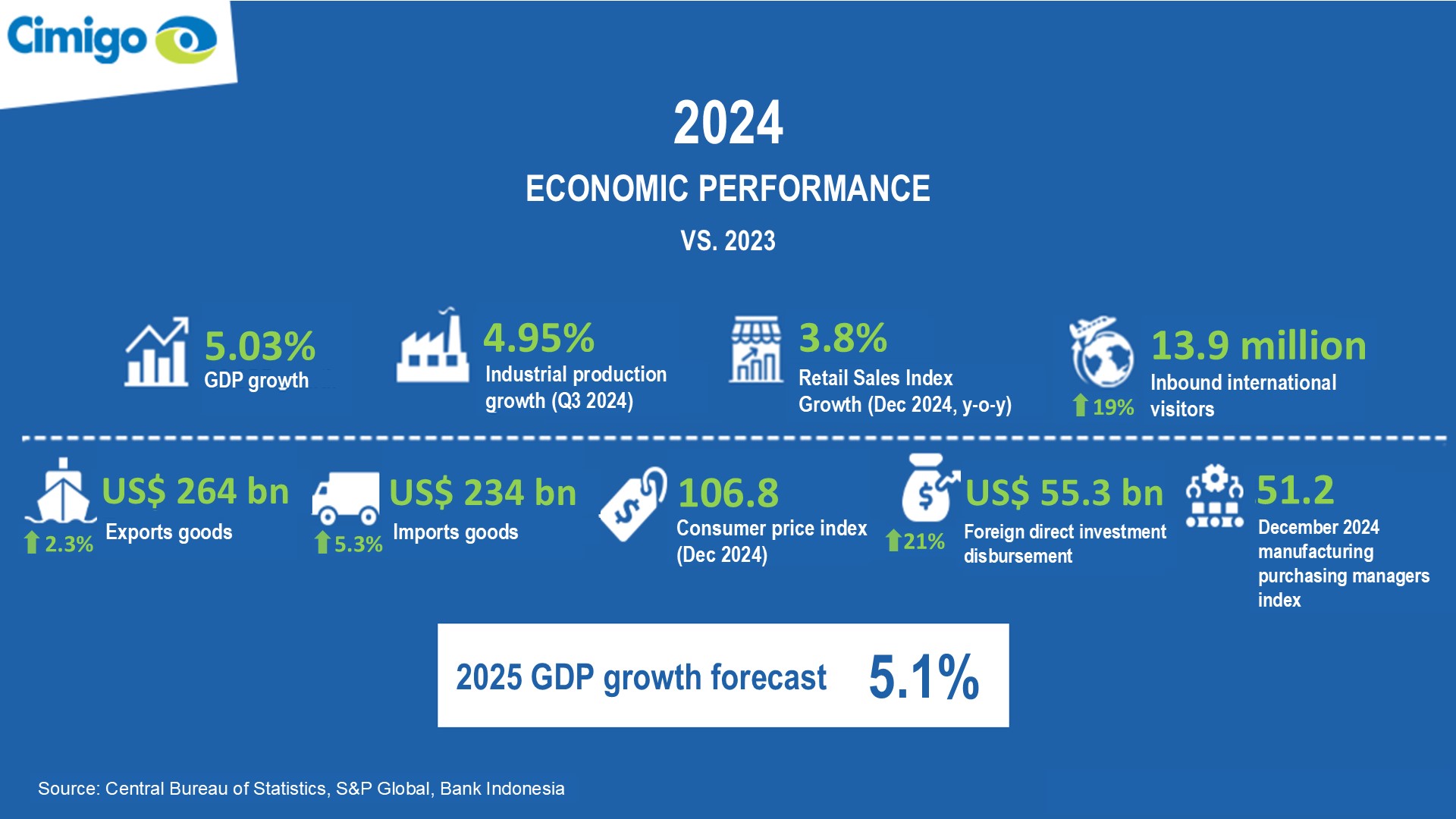
Indonesia’s economy 2024
Feb 28, 2025
Resilient growth amid challenges Indonesia’s economy continued to expand in 2024 despite global

Vietnam consumer trends 2025
Feb 23, 2025
Vietnam consumer trends 2025 Vietnam consumer trends 2025 explores the eight reasons Vietnam will

Beyond beauty: The changing face of personal care in Indonesia
Jan 27, 2025
The personal care market in Indonesia is undergoing a significant transformation, with consumers

Lisa Nguyen - VN Marketing Lead
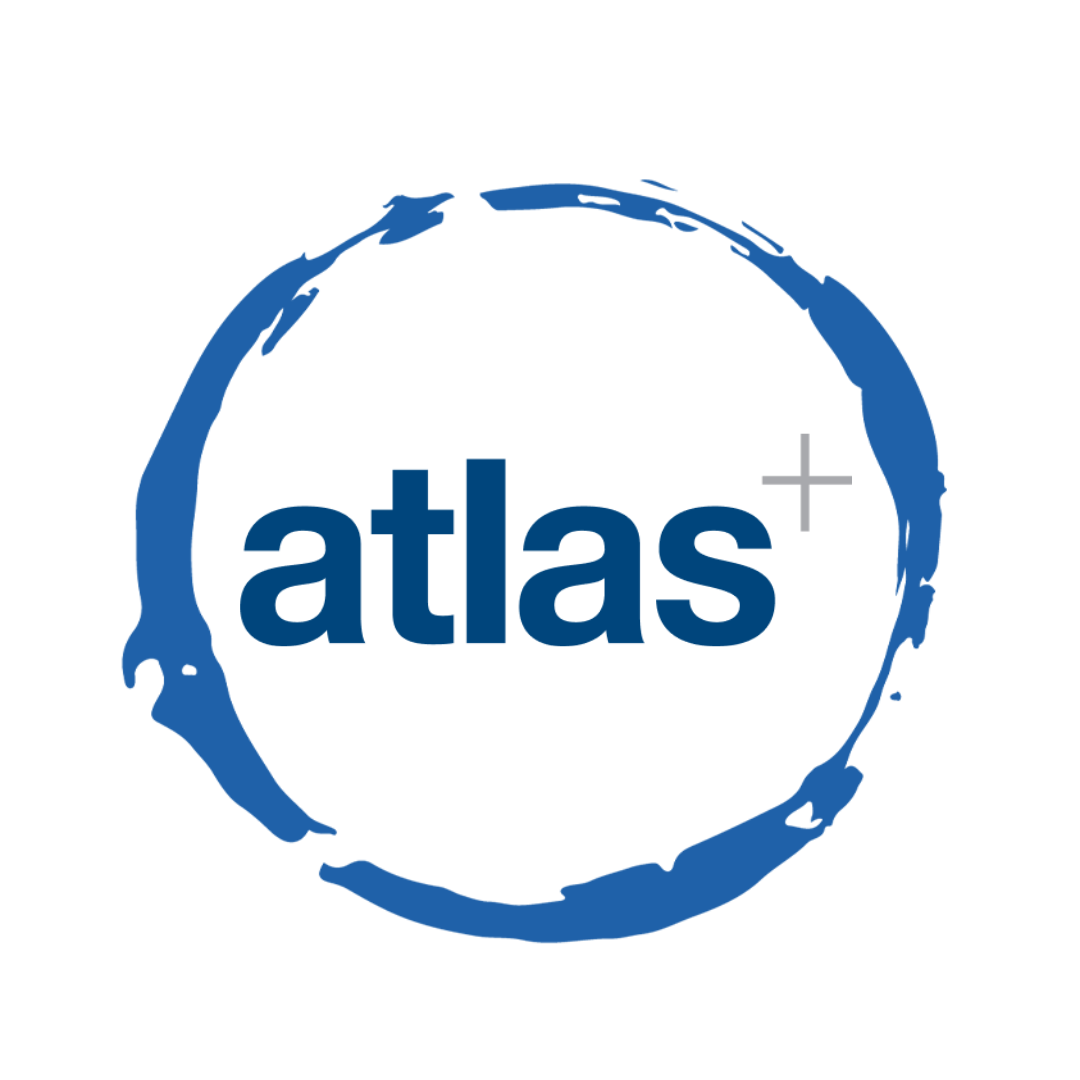
Sam Houston - Chief Executive Officer

Minh Thu - Consumer Market Insights Manager

Travis Mitchell - Executive Director
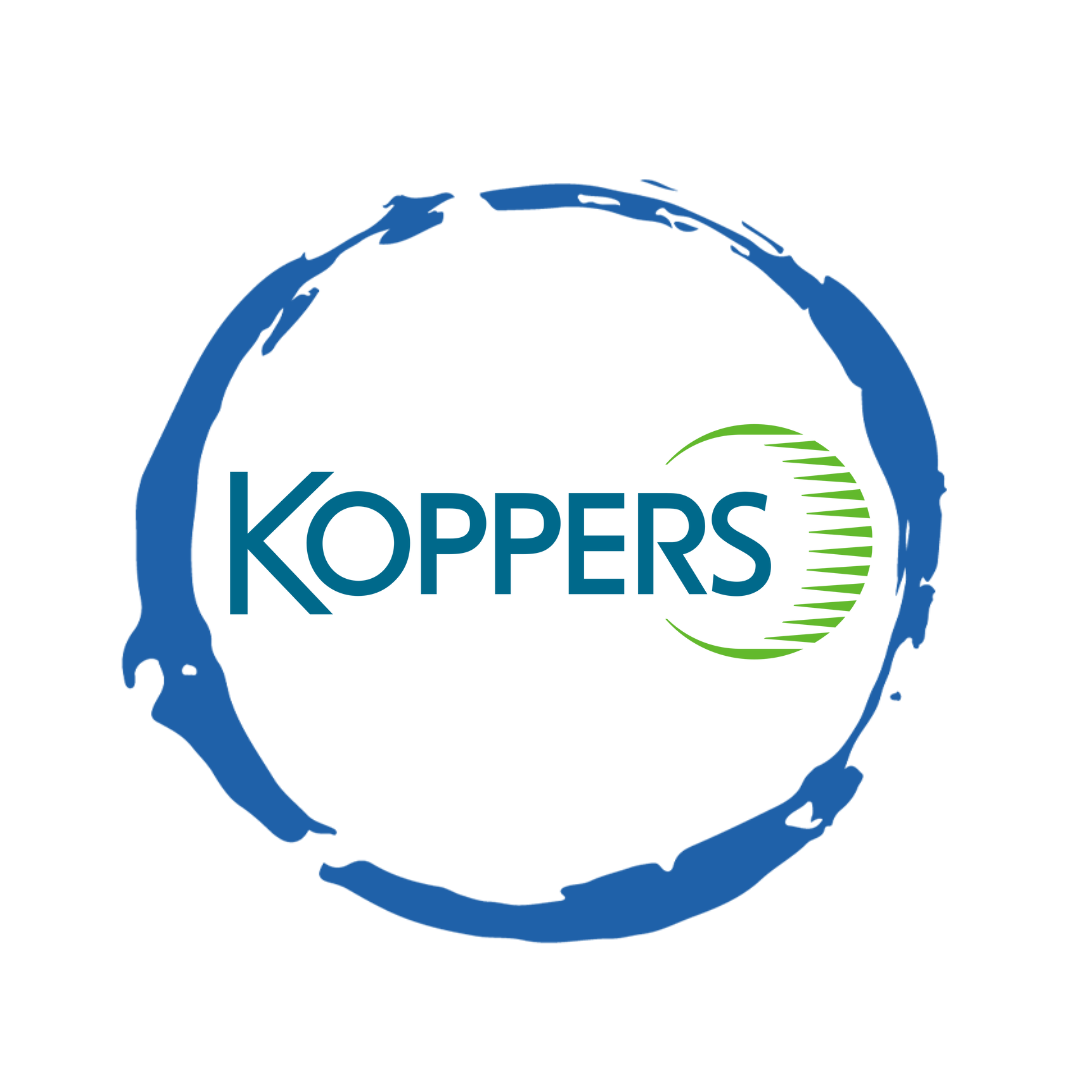
Malcolm Farmer - Managing Director

Hy Vu - Head of Research Department
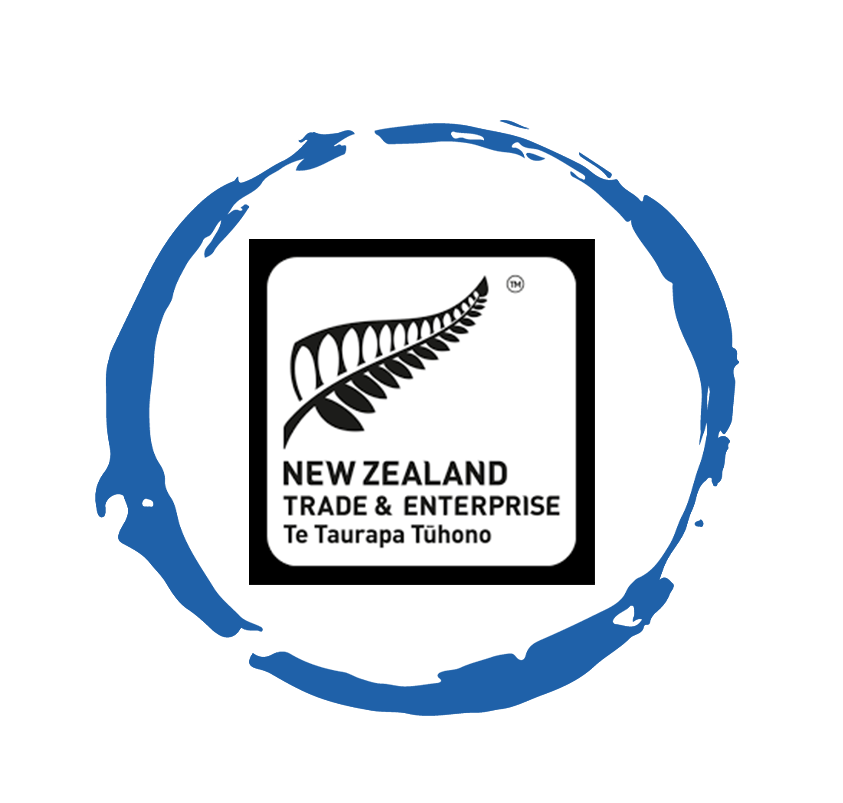
Joe Nelson - New Zealand Consulate General

Steve Kretschmer - Executive Director
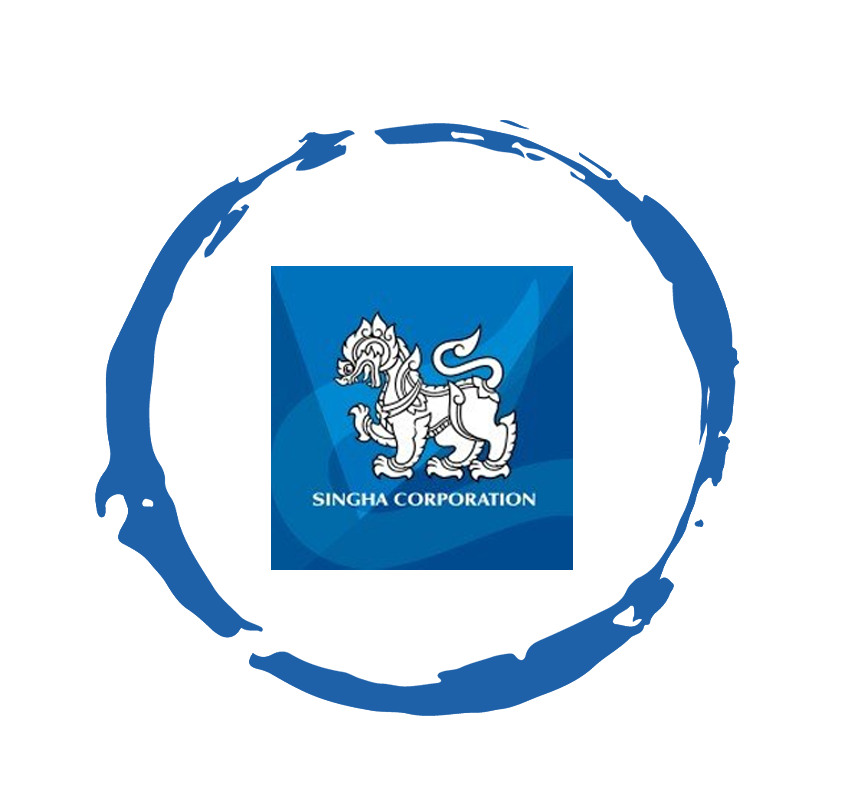
York Spencer - Global Marketing Director
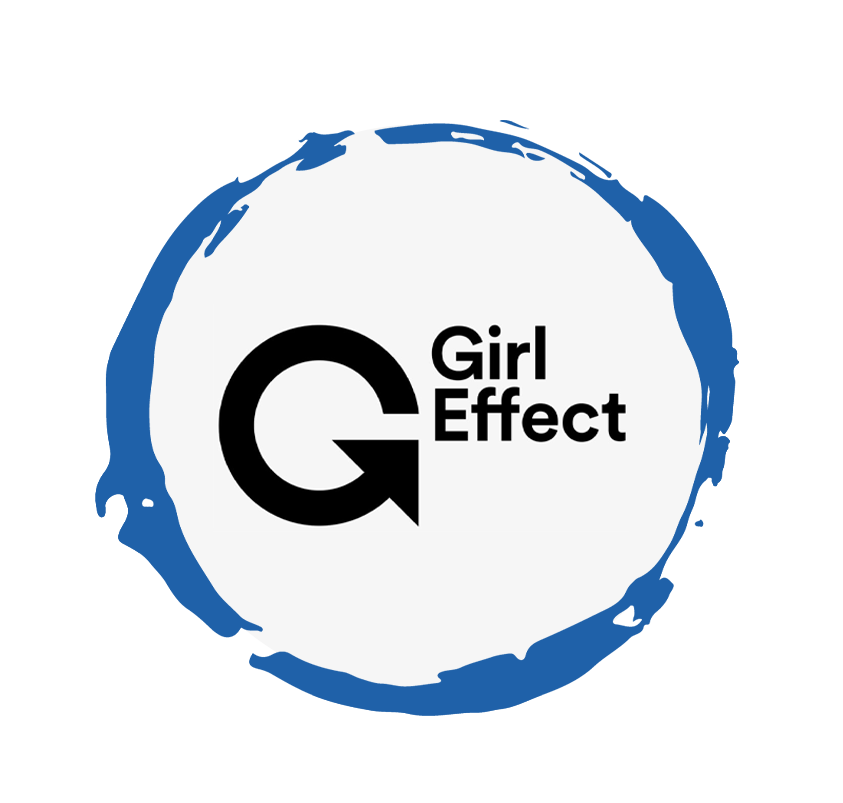
Laura Baines - Programmes Snr Manager

Mai Trang - Brand Manager of Romano

Hanh Dang - Product Marketing Manager

Luan Nguyen - Market Research Team Leader
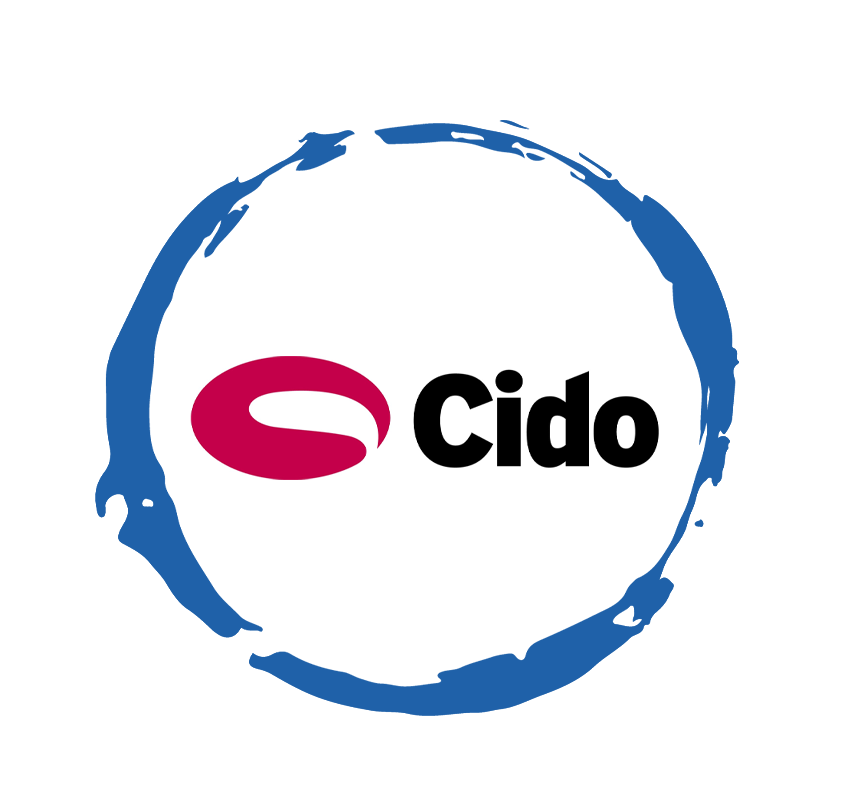
Max Lee - Project Manager

Chris Elkin - Founder

Ronald Reagan - Deputy Group Head After Sales & CS Operation

Chad Ovel - Partner

Private English Language Schools - Chief Executive Officer
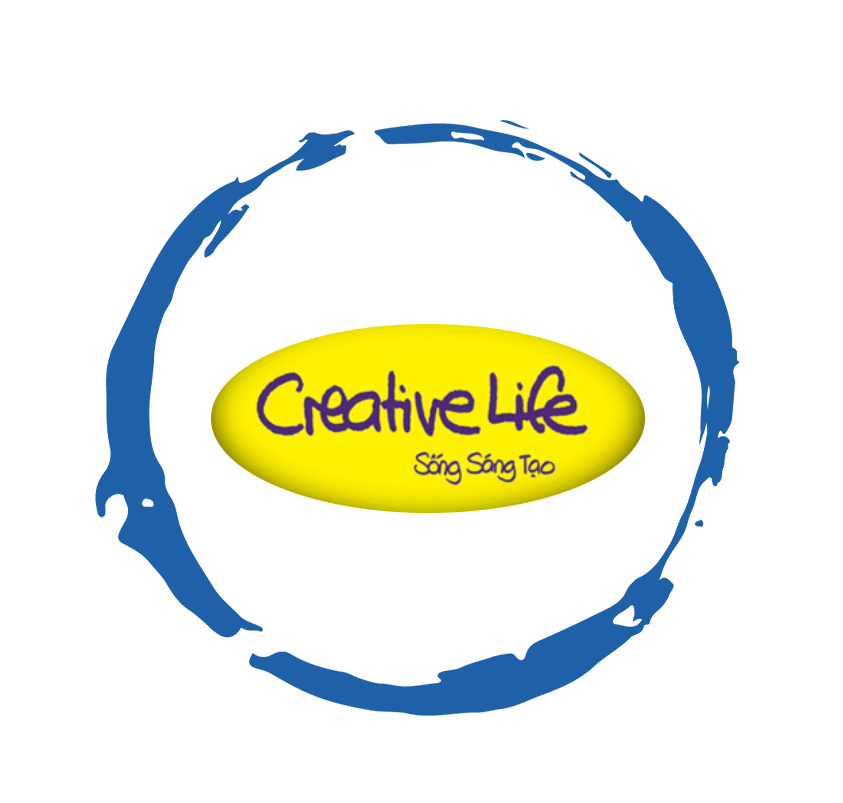
Rick Reid - Creative Director

Janine Katzberg - Projects Director

Anya Nipper - Project Coordination Director

Dr. Jean-Marcel Guillon - Chief Executive Officer
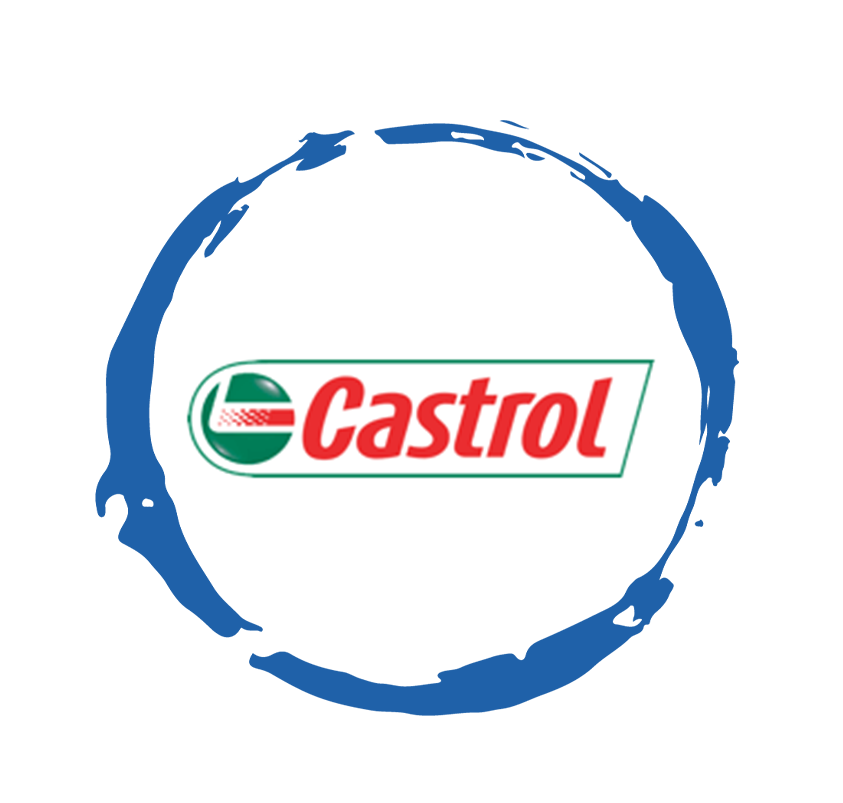
Joyce - Pricing Manager

Matt Thwaites - Commercial Director
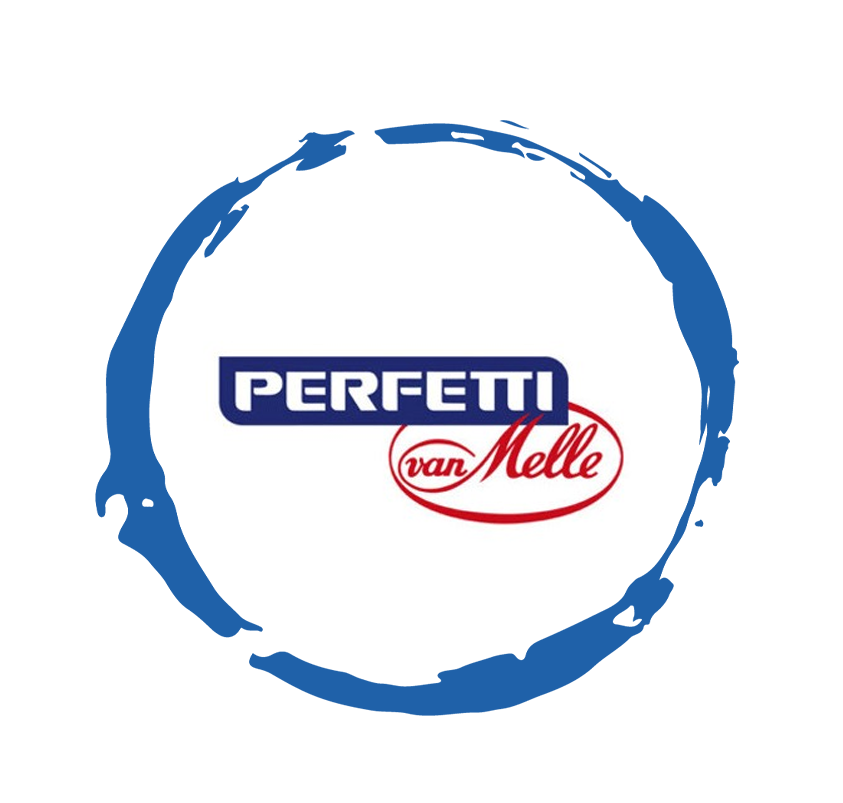
Aashish Kapoor - Head of Marketing

Kelly Vo - Founder & Host

Thanyachat Auttanukune - Board of Management

Hamish Glendinning - Business Lead

Thuy Le - Consumer Insight Manager

Richard Willis - Director

Ha Dinh - Project Lead
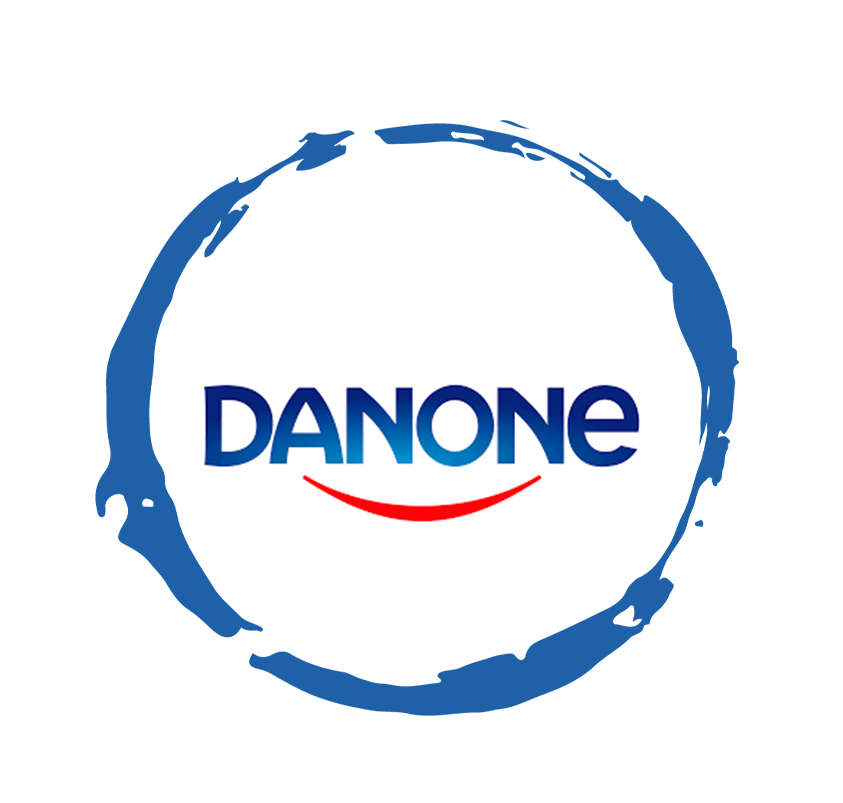
Geert Heestermans - Marketing Director

Louise Knox - Consumer Technical Insights

Aimee Shear - Senior Research Executive
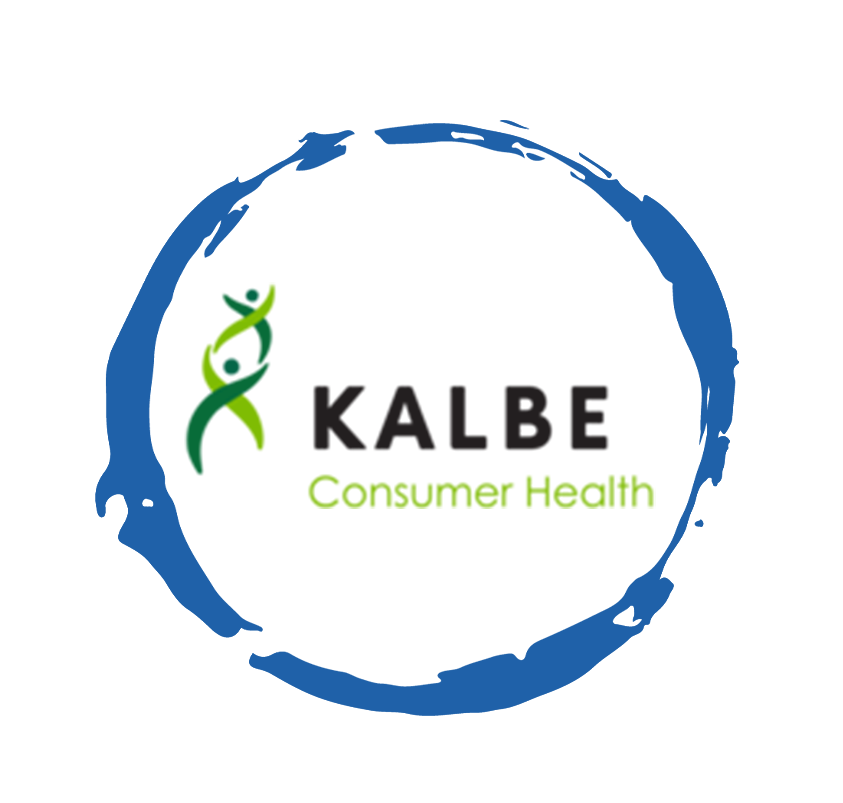
Dennis Kurnia - Head of Consumer Insights

Tania Desela - Senior Product Manager
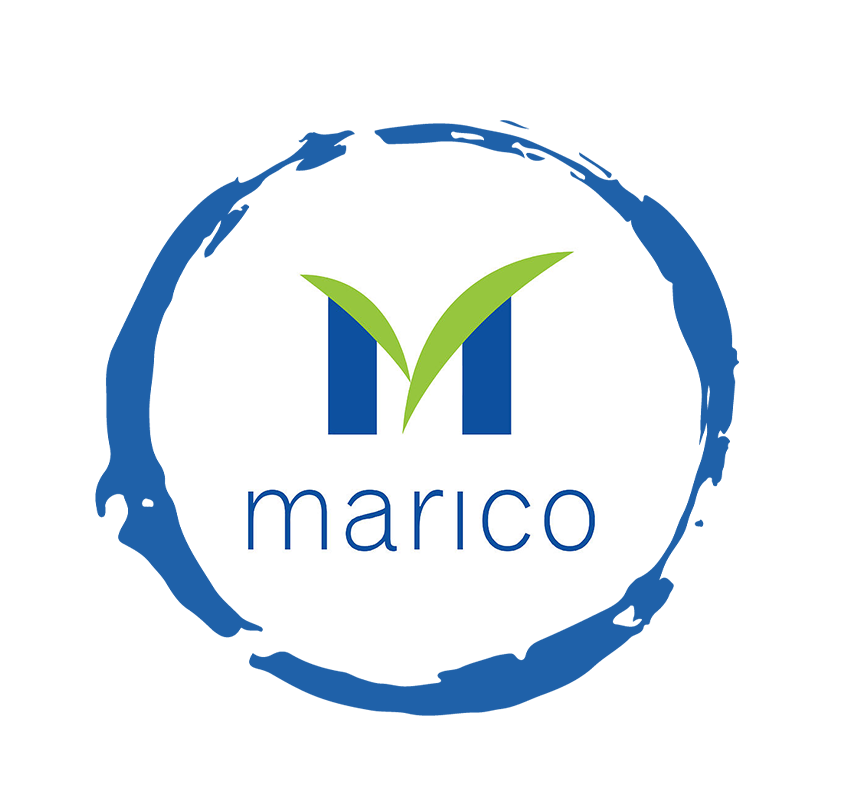
Thu Phung - CTI Manager

Linda Yeoh - CMI Manager

Cimigo’s market research team in Vietnam and Indonesia love to help you make better choices.

Cimigo provides market research solutions in Vietnam and Indonesia that will help you make better choices.

Cimigo provides a range of consumer marketing trends and market research on market sectors and consumer segments in Vietnam and Indonesia.

Cimigo provides a range of free market research reports on market sectors and consumer segments in Vietnam and Indonesia.
Please enter the information for free download.
The report will be sent to your email.
When downloading our reports, you agree to be contacted for marketing purposes.
Please enter the information for free download.
The report will be sent to your email.
When downloading our reports, you agree to be contacted for marketing purposes.
Vui lòng điền thông tin vào biểu mẫu bên dưới để tải về báo cáo miễn phí.
Báo cáo sẽ được gửi vào email bạn điền ở bên dưới.
Khi tải xuống các báo cáo của chúng tôi, bạn đồng ý được liên hệ cho mục đích tiếp thị.
Xin cảm ơn. Một email kèm với đường dẫn tải báo cáo đã được gửi đến bạn.
